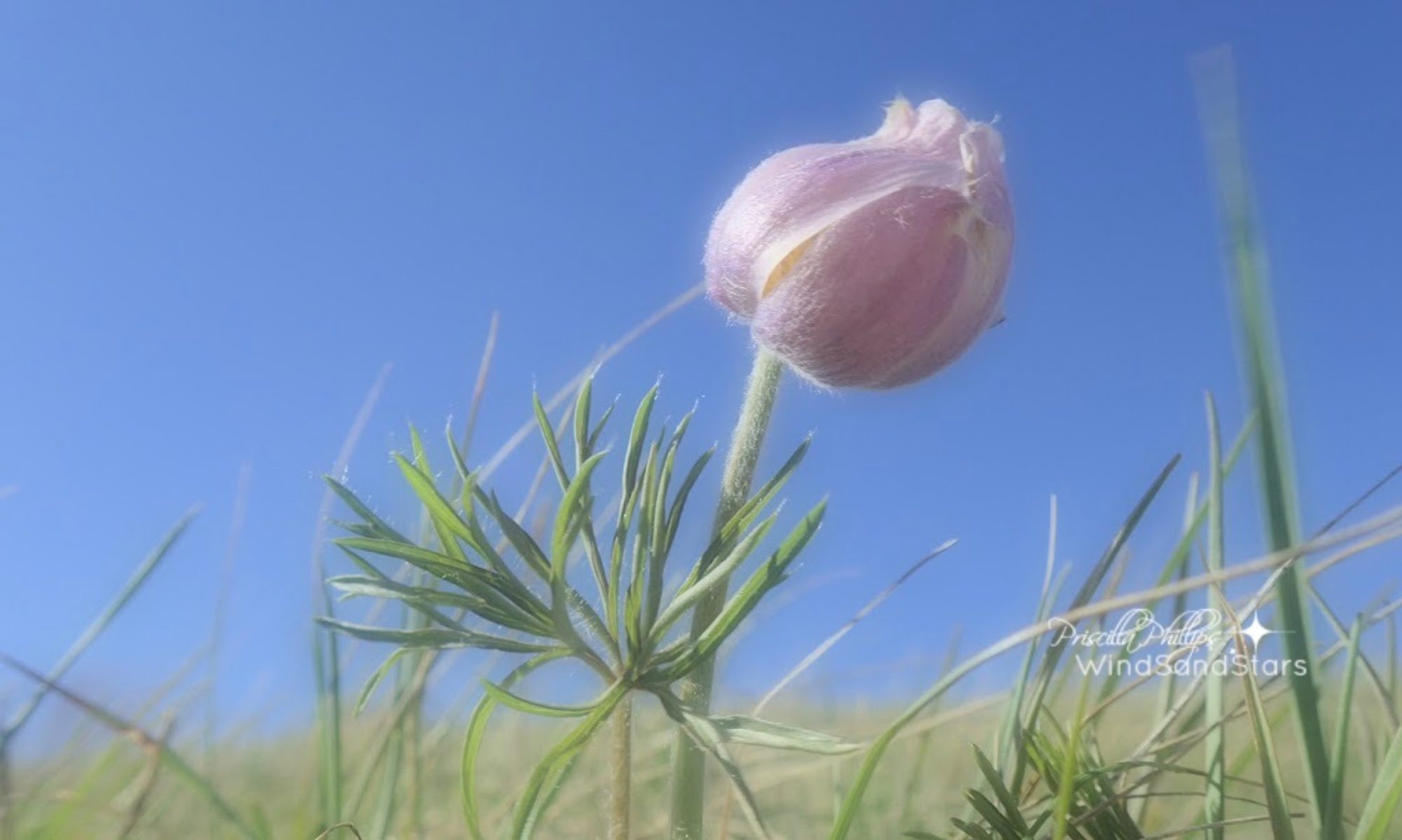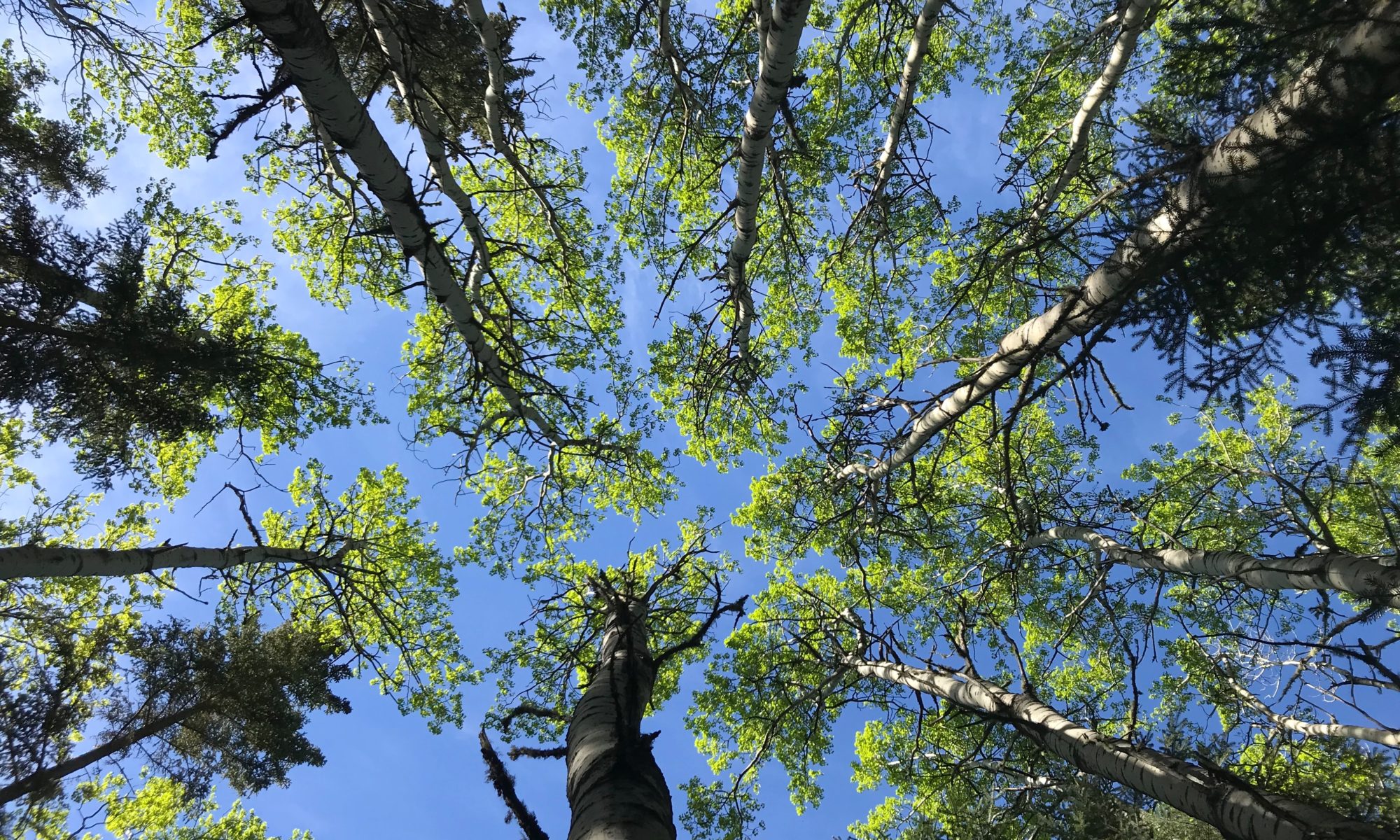“And into the forest I go, to lose my mind and find my soul.” John Muir
Cultivate a forest mindset
If you google ‘ancient forest’, you’ll find astonishing facts about trees. While there are some variances in information depending on the source, the basic details are similar. Read about the three oldest trees in the world in the boxes below.
Joman Sugi is found on the highest peak of Yakushima, Japan at an elevation of 6300 feet. The tree is a cryptomeria. It is 25.3 m (83 ft) tall and has a circumference of 16.4 m (54 ft). Tree dating by Japanese scientists indicate that Jōmon Sugi is at least 2,000 years old.
Tāne Mahuta is a giant kauri tree in the New Zealand. It’s thought to be between 1,250 and 2,500 years old. It is the largest kauri known to stand today.
Methuselah is a bristlecone pine located in California between 2,900 and 3,000 m (9,500 and 9,800 ft) above sea level. It’s exact location isn’t disclosed in order to protect it. Methuselah was 4,789 years old when sampled (likely in 1957) by Edmund Schulman and Tom Harlan,[1] with an estimated germination date of 2833 BC. That’s older than the oldest discovered pyramid which is dated 2630 BC.
But why write about these ancient wonders of the forest?
Because they’re proof that when it comes to adapting to adversity, trees have so much to teach us about preparing ourselves to be antifragile.
According to Taleb in Antifragile: Things That Gain From Disorder, understanding the “mechanisms” of antifragility allows us to build a guide that we can use for decision making when faced with unpredictable events ” in business, politics, medicine, and life in general.”
The uncertainty of life and circumstances can overwhelm us.
Two of my previous posts, which you can find here and here, were about chaos theory and the role of chaos in our lives.
As much as we worry about the danger lurking around the corner and strive to avoid hardship, without dragons to slay, difficulties to overcome, and problems to solve, there’d be no progress.
No scars or stories to share. No learning.
None of us choose to be fragile.
But the reality is that often in trying to avoid circumstances that are difficult, we set ourselves up to be fragile. Rather than orchestrating our lives to avoid mistakes, failures, and/or disappointments, we should use them as opportunities to strengthen ourselves so that we become better, stronger, and smarter. Through adversity, we have the opportunity to grow.
A forest is never without adversity or threat of adversity.
Yet left alone, trees have a much longer life-span than humans. What’s their secret?
Knowing that life is filled with uncertainty, what steps can we take to be antifragile? What can we teach our kids about being antifragile?
Buster Benson in his post “Live Like A Hydra” summarizes 10 principles from Taleb’s book that help create an antifragile mindset.
Nature teaches us best and this post explores these principles through the life of the forest.
1. Have simple rules
- Trees share resources and leverage supports. They help their neighbors in time of need because together they’re stronger. Collectively, trees moderate temperature, store water and generate humidity for the whole forest.
- Communication and community is strong even between species or perhaps especially between species. Trees value diversity. They know that differences mean that they can shunt water and nutrients to each other during seasonal extremes because the needs during those times vary from one species to another.
- Trees help themselves withstand adversity by following the forest etiquette ” for the proper appearance and acceptable forms of behaviour for upright members of ancient forests” Wohllenben, The Hidden Life of Trees
- Mother trees provide protective cover for its young and enforce slow growth through light deprivation. This strengthens the young tree, increasing its odds of living a long life. By the time it’s ready to take its place amid the canopy, its roots are well established and its trunk and branches are strong.
- Trees don’t hoard the sunlight. Although they like to grow close to one another, they leave space at the crown so each has equal access to the sun.
- They buffer one another. When the storms rage, trees prevent each other from reaching the breaking point. Dancing and waving in the wind, their crowns bump against each other, thus controlling the degree of bend.
2. Redundancy
- Trees produce many cones to ensure regeneration.
- Some trees produce two types of cones. The regular cone opens during normal conditions and the second is sealed with resin and opens only when exposed to the high heat of fire. The lodgepole pine in Yellowstone National Park is an example of regeneration that occurred after the fire of 1988.
- Fungi is integral to the health of the forest, connecting the trees to one another through their root systems. Trees maintain multiple options for fungi and only if all options are gone does a tree face trouble. Because if all the fungi is destroyed, the tree falls silent and thus allows access to predators.
3. Resist the urge to suppress randomness (failures and mistakes and pressures help us grow)
Organic matter that avoid stressors become lumps of coal.
Wohllenben
- The wind triggers micro-tears in the branches as the trees move in the wind. Like our muscles, the micro-tears are repaired thus strengthening the branch.
- Deciduous trees are 170 million years younger than evergreens. It’s fascinating to consider the evolutionary process that gave them the ability to shed their leaves making them less threatened by high winter winds or heavy snowfall.
4. Soul in the game (skin in the game – something to lose – must have a personal risk factor)
- Trees send water and nutrients to shore up weaker trees in order to strengthen the community.
5. Experiment and tinker (take lots of small risks)
- Deciduous trees negotiate seeding time with each other. They like to bloom at the same time so the genes are mixed.
- Through trial and error, nut trees learned to cycle their production so wild boars and deer don’t consume all the seeds. During low production years, wild boars and deer reduce in number so that the following year when the tree has a high yield, there’s enough seeds to take root.
6. Avoid risks that will completely wipe you out (Diversify and take small risks)
- Trees thrive when they follow the forest etiquette and conserve water. Sometimes, trees where water is abundant are lavish in their water use. They don’t ration so when drought hits and the tree dries out, the bark begins to split leaving it susceptible to fungal spores. The tree tries to repair itself with pitch and learns to ration water.
- Fortunately, other trees in the forest will come to the aid of the stricken tree, helping it recover.
7. Don’t get consumed by data
- Trees don’t get caught up in creating and analyzing endless data like previous year temperatures or 10 year projections.
- They focus on the data that is most essential for registering spring and fall cycles: length of daylight and temperature.
“If you have more than one reason to do something, just don’t do it. It does not mean that one reason is better than two, just that by invoking more than one reason you are trying to convince yourself to do something. Obvious decisions (robust to error) require no more than a single reason.”
Nassim Nicholas Taleb
8. Keep options open
- The health of a forest is as strong as the fungal networks that support the trees. Trees encourage multiple layers of fungi in order to maintain its options.
- This extensive cottony web is called mycelium and it’s essential for increasing water and nutrient absorption.
- The fungi network also functions as a redistribution mechanism as it routes sugars and other carbs to equalize the differences between the strong and weak trees.
9. Focus more on avoiding what doesn’t work instead of looking for what does work
It’s interesting to note that the efforts that aren’t effective are introduced by humans, and trees of course have little say in the matter.
- Growing in isolation
- Being planted where the root system is restrained by concrete sidewalks and boulevards.
- Having its the branches and roots trimmed in tree nurseries to make the seedlings more manageable makes it difficult to set its roots properly.
- Access to light too soon encourages the seedling to grow too fast so it doesn’t become hardened to conditions that threaten its survival.
10. Respect the old (follow the rules and habits that have been around long enough to be proven)
- The mother tree when sick or dying passes on her wisdom to help off-spring build resistance to stressors.
- Trees follow the ancient wisdom for winter preparation. They begin to stockpile water in their roots, build nutrient reserves and know when to slow water transmission through their trunk.
- The deciduous trees retrieve chlorophyll from the leaves in preparation for winter.
- Conifers fill its needles with antifreeze and covers its needles with wax to keep from losing water during the winter.
Burn old logs. Drink old wine. Read old books. Keep old friends.
El Sabio (Alfonso X of Spain)
Summary
- Have Simple Rules ( to guide decisions)
- Redundancy (don’t put all your eggs in one basket)
- Resist the urge to suppress randomness
- Have soul in the game (where you share in the cost as well as the benefit)
- Experiment and tinker
- Avoid risks that will wipe you out
- Don’t get consumed by data
- Keep your options open
- Focus more on avoiding what you know doesn’t work rather than looking for what does
- Respect the old wisdom
Forest musings
A few minutes on social media leaves one a little disillusioned. Especially Twitter where there is so much rhetoric that is antithetical to the forest etiquette we just looked at. Often social safety nets are scorned and people who advocate for those in need are mocked.
Sentiments like ‘God helps those who help themselves” are used as the rationale to claw back social aid and withdraw support from those who need it the most. Ironically, that phrase is found nowhere in scripture. It’s thought that it originated from one of Aesop’s Fables and was popularized by Benjamin Franklin.
Caring for one another and helping the poor and needy is written into the fabric of our humanity.
The principles for developing an antifragile mindset are well established in the forest etiquette. As humans we have a lot to learn from the forest about the strength that comes from community and looking after one another.
When I first began my research, my thought was that the antifragile nature of trees would be the vehicle for examining and remembering the principles of antifragility.
What I discovered is that trees themselves have much to offer us in learning how to function in a way that is closely aligned with wisdom literature. That’s fascinating. Incorporating these principles into your life will help you. It’s the responsibility of each of us to decide what each of these principles look like in our own lives. Forest wisdom is a starting place.
~ Priscilla

Yes! I want to receive your newsletter.
Simply . . .
P.S. There was so much fascinating information about trees that I left out of this post. It was a case of realizing that my focus was on the principles of antifragility, not the astonishing facts about trees.




